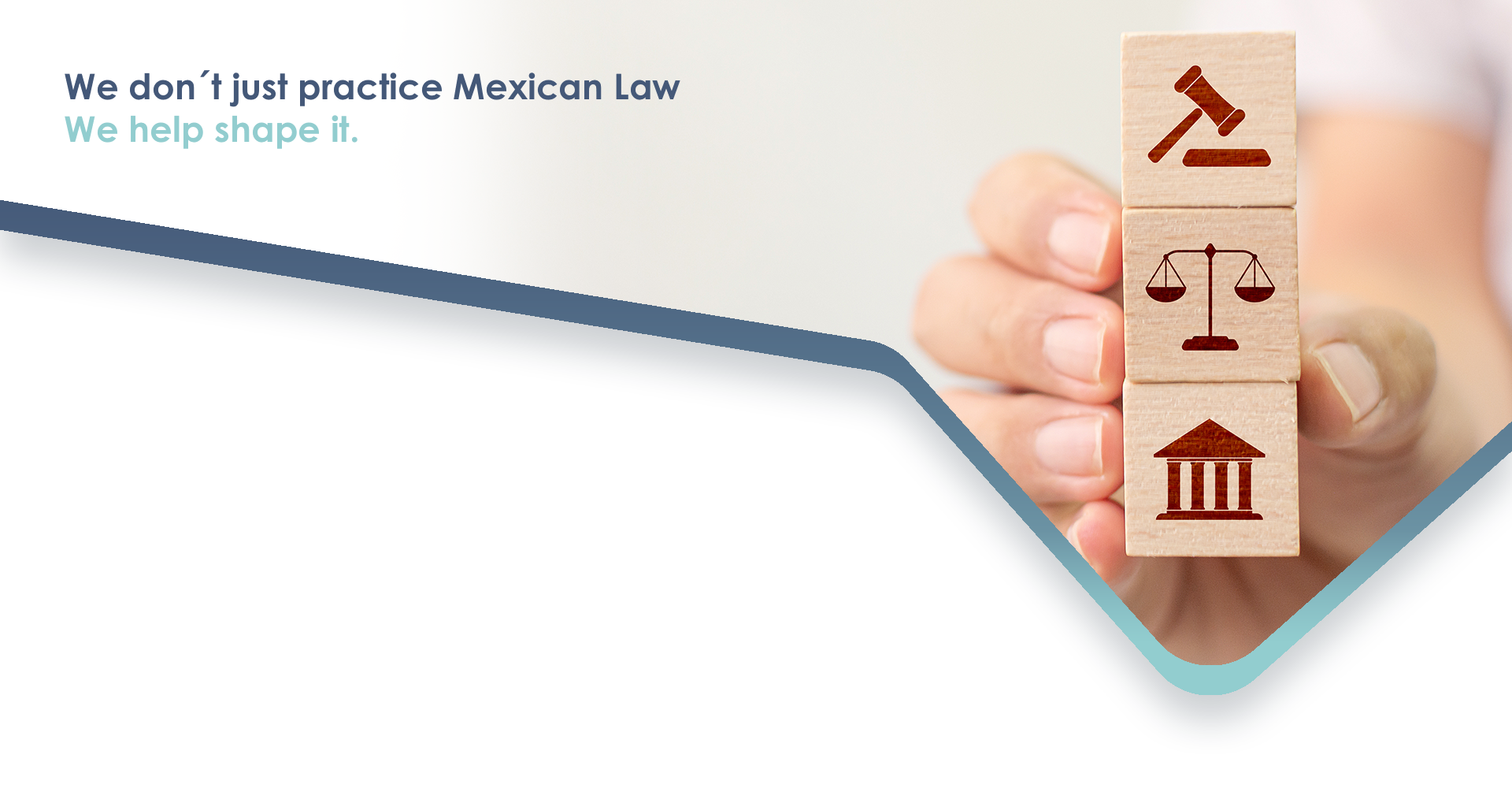
Language:
Mexican Supreme Court Dissects the 40% Rule of Damages
May 6, 2018
In April 2018, the Mexican Supreme Court published its final written decision, which was preliminarily issued at the end of 2017, relating to the interpretation of the so-called 40% rule for calculating damages. The Court examined whether this rule is appropriate and how it should be applied to the calculation of damages derived from violations of rights protected under the Mexican Industrial Property Law (IPL) covering patents, trademarks and designs (copyrights are governed by a different law and rules).
In summary, the 40% rule establishes that compensation derived from the violation of industrial property rights shall in no case be less than 40% of the sales of the infringing product at the price of sale to the consumers.
The Supreme Court addressed the following questions: i) whether it was necessary to prove the “causal nexus” between the illicit act and the damage or harm to plaintiff; ii) if the 40% rule is to be applied automatically and as a minimum floor to calculate damages; iii) whether the administrative decision of infringement per se-in this case, based on unfair competition-was enough to prove the harm and damage to plaintiff; iv) if the IP law establishes a compensation for material (economic) and immaterial (moral-reputation) violations; v) whether compensation derived from acts of an unfair competition action needs to be proven by actual damages; and vi) what type of evidentiary items are appropriate to prove damages for compensation under the 40% percent rule, and whether this rule should be applied only as a method of quantifying compensation, or as a type of punitive damages.
Ruling:
- The decision expressly establishes that the validity and constitutionality of the provision establishing the 40% rule, and the rule itself, is not questioned by the Supreme Court, but the ruling establishes that the concept of damages is separate from the amount of the compensation.
- The administrative declaration of infringement based on unfair competition is evidence of the illicit act, but not of the damages caused to plaintiff.
- Unfair competition, defined as an act to induce the consumer to error or deceit, does not necessarily constitute a direct economic harm to plaintiff.
- Plaintiff is required to prove on a case-by-case basis, evidence of actual harm, material and immaterial.
- In the specific case of unfair competition at hand, plaintiff did not offer evidence of actual damages or harm and the infringement decision did not relieve plaintiff from that burden.
- The 40% rule is a mechanism to establish the amount of the compensation, but not the damages caused by the illicit act-in this case, unfair competition activity.
- The 40% rule is a pre-established method of quantifying the compensation, once all the prongs to claim damages are met.
- In general terms, the causes of infringement in the IPL do not contemplate presumption of damages.
Conclusions:
- This was a not a unanimous decision. It was a divided two-to-three decision, of one of the Benches of the Supreme Court. It was not an en banc decision by the two Benches, nor did it constitute jurisprudence; therefore, it is not binding. Notwithstanding, as a precedent, it is highly persuasive and if lower courts issue decisions that differ in the matters of law, such decisions will have to provide strong and lawful arguments to persevere.
- The decision does not question the validity of the 40% rule to quantify damages but imposes the burden to prove “causal nexus” on a case-by-case basis.
- We tend to believe that civil cases claiming damages derived from clear-cut instances of trademark and patent infringement may be decided differently; however, after the decision under comment, in addition to the evidence to prove the sales of the infringing product, an accurate analysis of the evidence to prove damages should be taken into consideration on a case-by-case basis.
The 40% rule is considered a relief for plaintiffs and a means of compensating for the long term of litigation in Mexico by circumventing the high burden to prove actual damages, lost profits, and other damages subject to compensation. This decision does not reject the formula, but accuracy in the evidence of filing civil actions claiming damages derived from the violation of IP rights will be mandatory for plaintiffs.
We also trust that free trade agreements under renegotiation by Mexico with the US and Canada (NAFTA) and the European Union (TELECUEM) will contribute to improving the IP enforcement system in Mexico, which has been a problem for many years, including the rules and venues to claim damages derived from the violation of IP rights.
This newsletter is intended only as a general discussion of the addressed issues, and should not be regarded as legal advice.
For further information on the content of this newsletter, please contact
- Sergio L. Olivares, Jr. sergio.olivares@olivares.mx
- Alejandro Luna alejandro.luna@olivares.mx
- Abraham Díaz abraham.diaz@olivares.mx
- Erwin Cruz erwin.cruz@olivares.mx
- Karla Olvera karla.olvera@olivares.mx
or call at +52(55) 5322 3000
Newsletters - Anti-Piracy, Anti-Counterfeiting & Enforcement
- Mexico creates a Code of Ethics for E-Commerce suppliers, as well as a digital trust seal. February 11, 2021
- Amendments of the Federal Criminal Code, with respect to crimes against piracy, in electronic, satellite or cable media July 17, 2020
- Mexico has signed the Anti-Counterfeiting Trade Agreement (ACTA) July 24, 2012
- ALERT: Actions to stop grey market medicines in Mexico! June 25, 2021
- COFECE to Conduct First Antitrust Analysis of Pharmaceutical Products with Lapsed Patents August 6, 2016
- Recent decision of unfair competition in the gray market for medicines in Mexico. May 4, 2022
- Head of Mexican Institute of Industrial Property Signals Legal Changes to Combat InfringementMexico’s New Government Announces Plan to Overhaul the Health System January 30, 2019
- New Standarts For Anticounterfeiting Claims In Mexico December 16, 2019


